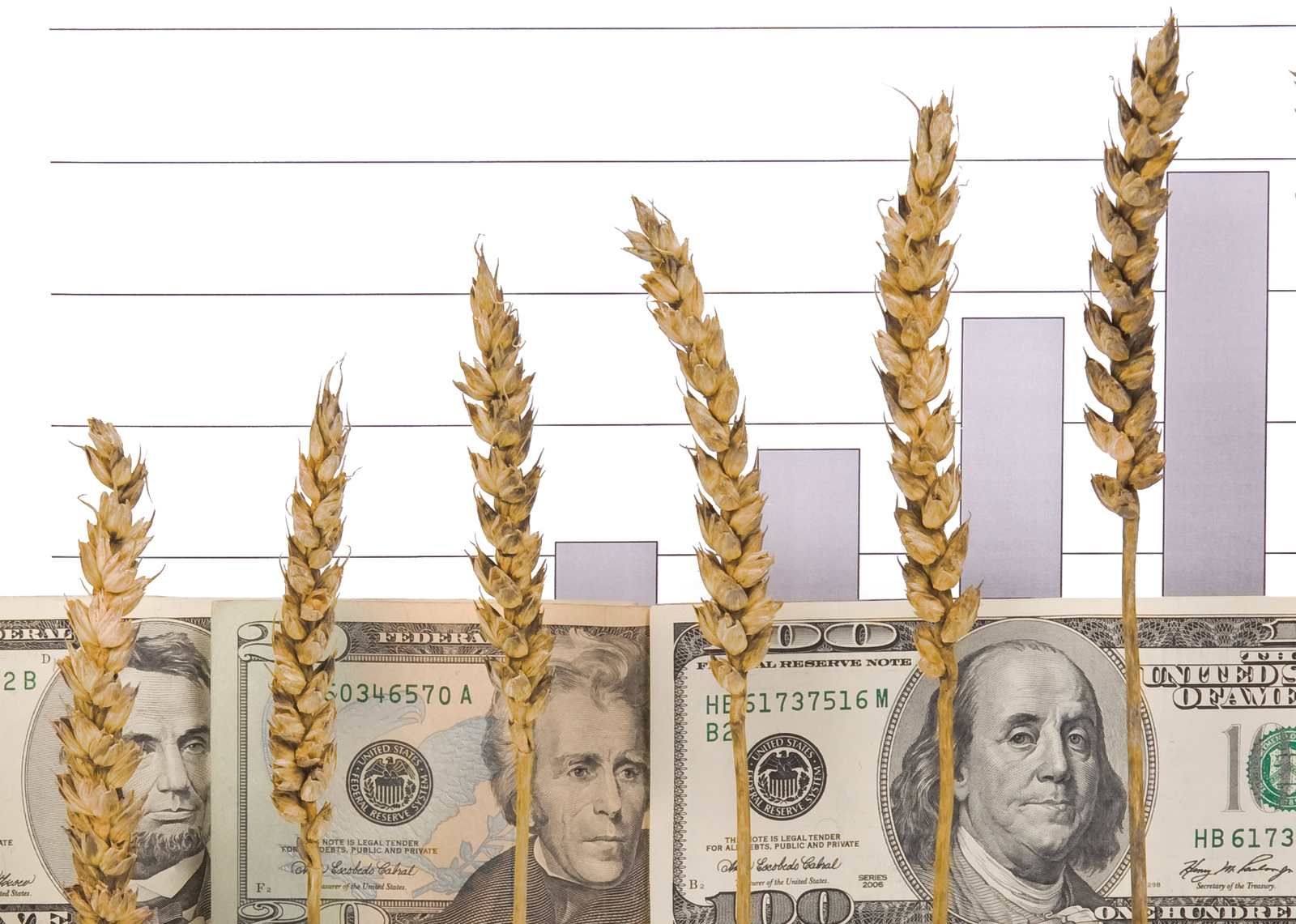Pressure on grain prices to persist

In the past two months, prices in the grains market reacted mainly to changing sentiment. After a short price recovery at the end of June, prices for grains and soybean became under pressure again since the end of July.
This is stated in the report Agri Monitor: Grains from the Dutch bank ABN AMRO.
One key event was the Chinese stock exchange crash, which. This crash fuelled fears of a stagnating Chinese economy, which put commodity quotes on international markets under further pressure. The most visible effect in the agri-complex was the severe impact on the soybean prices, clearly reflecting China’s status as the world’s largest importer of soybeans. In the days following the Chinese central bank’s devaluation of the Yuan, prices for wheat, corn and soybeans declined by, respectively, 9%, 6% and 11%. Thanks to the adequate intervention of the Chinese government, ABN AMRO still assumes a soft landing for the Chinese economy.
Pressure on corn and bioethanol prices
The upward pressure on corn prices due to lower crop projections, and the accompanying repositioning of speculators, is currently being restrained by various factors, including the low oil prices. The policy of the (non) OPEC countries to maintain their oil output at a high level is leading to the accumulation of large oil production. This suggests that the price for crude oil is set to remain relatively low for the time being. The depressed oil price is also affecting demand for bioethanol. Prices of bioethanol have therefore been under pressure for some time, which is now also putting a drag on production. Given that the most important raw materials for the production of bioethanol are corn and soybeans, the slack in the oil market is also constraining the upward price potential for corn and soybeans.
Effect of currency
As the leading grain quotes are in US dollars (USD), the development of this currency has a major impact on the direction of grain prices. Moreover, as the United States is the world’s largest exporter of corn and wheat, much of the physical trade is settled in USD. The resurgence of the USD since the start of this year has served to dampen wheat and corn prices. The stronger USD undermines the US export position, which is putting pressure on USD nominations for grains. ABN AMRO expect to see the USD gathering further upward momentum towards the end of the year, which may also put a ceiling on the increases in corn and soybean prices. Apart from the reinvigorated dollar, the steady weakening of the Brazilian real (BRL) is also having an effect on soybean and corn prices.
Join 26,000+ subscribers
Subscribe to our newsletter to stay updated about all the need-to-know content in the feed sector, three times a week. Beheer
Beheer









 WP Admin
WP Admin  Bewerk bericht
Bewerk bericht